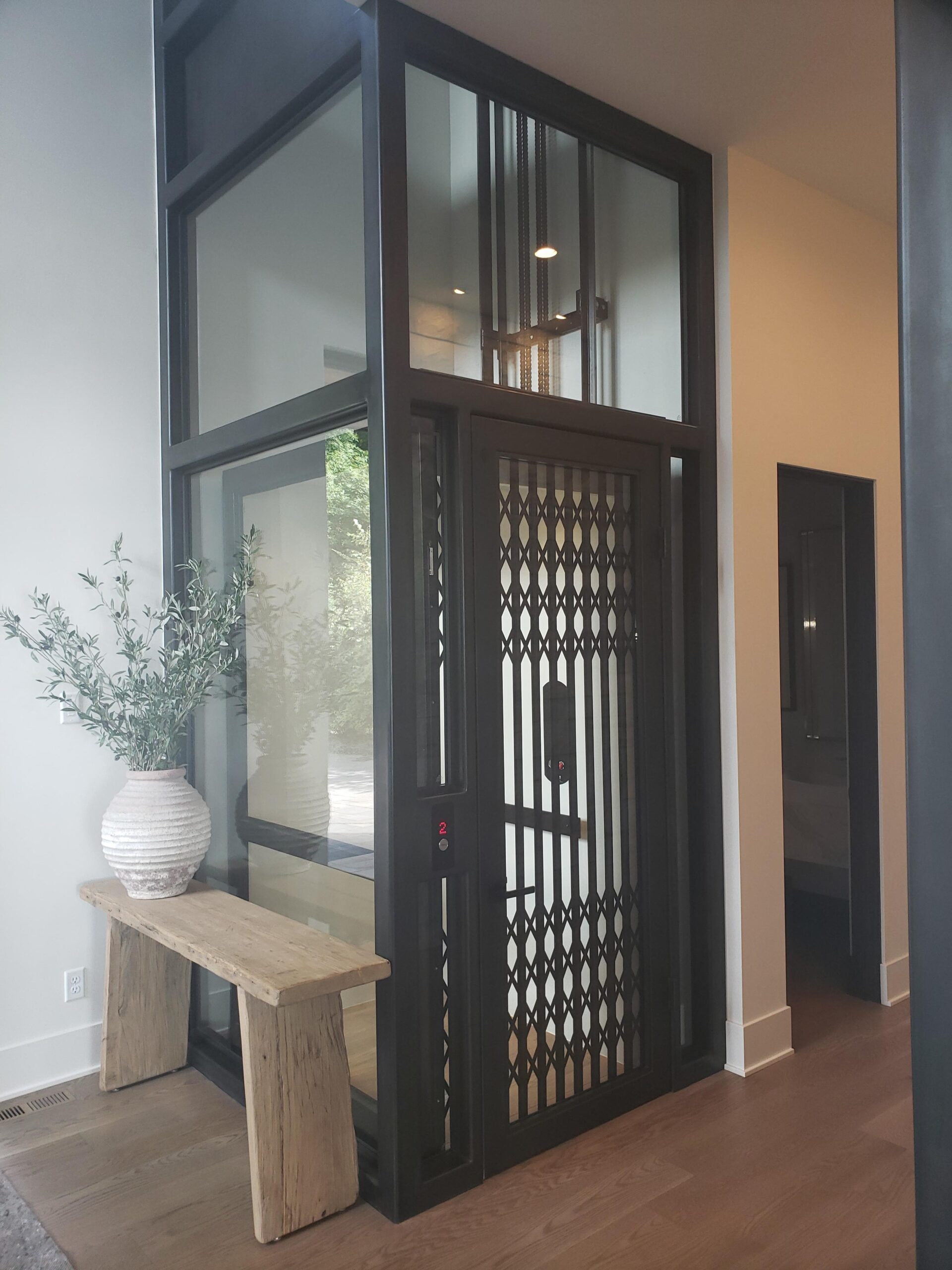 Measuring for replacement windows might seem daunting, but it’s quite straightforward! Start by gathering your tools: a tape measure, a pencil, and paper. Measure the width at the top, middle, and bottom of the window frame, noting the smallest measurement. Next, measure the height on the left, center, and right sides, again recording the smallest number. Don’t forget to check for any obstructions like trim or siding that might affect the installation. With these precise measurements, you’ll be ready to choose the perfect replacement windows for your home!
Measuring for replacement windows might seem daunting, but it’s quite straightforward! Start by gathering your tools: a tape measure, a pencil, and paper. Measure the width at the top, middle, and bottom of the window frame, noting the smallest measurement. Next, measure the height on the left, center, and right sides, again recording the smallest number. Don’t forget to check for any obstructions like trim or siding that might affect the installation. With these precise measurements, you’ll be ready to choose the perfect replacement windows for your home!
Understanding Window Terminology
Before diving into measurements, it’s essential to familiarize yourself with basic window terminology. Terms like “rough opening,” “frame,” and “sill” are critical for accurate measuring. The rough opening is the space in the wall where the window will fit, and it’s typically larger than the actual window frame to allow for adjustments. Understanding these terms will help you communicate effectively with suppliers or contractors and ensure that you choose the right window sizes for your home. By grasping the vocabulary, you’ll navigate the measurement process with greater confidence and clarity.
Defining the Rough Opening
The rough opening is the framed space where the window will be installed. It’s crucial to know that this opening is usually larger than the window frame itself. This extra space accommodates shims and insulation, allowing for adjustments during installation. Accurate measurement of the rough opening ensures a proper fit, preventing future issues like drafts or water leaks, which can occur if the window is too small for the opening.
Located in Beachwood, Ohio, we are committed to providing top-quality service and products. Let us help you enhance your home’s comfort and aesthetic appeal with expertly measured replacement windows tailored just for you.
Accounting for the Rough Opening
The rough opening is critical in determining how well your new window will fit. After measuring the window’s width and height, make sure to consider the rough opening dimensions. Ideally, the rough opening should be slightly larger than the window frame to allow for adjustments, insulation, and shimming. For best results, consult your window manufacturer’s specifications regarding the necessary rough opening size. Accurately measuring this area will prevent issues during installation, ensuring your windows fit securely and function properly.
 Checking for Level and Plumb
Checking for Level and Plumb
Before finalizing your measurements, it’s essential to ensure that the window frame is level and plumb. Use a level tool to check both horizontal and vertical lines; if the frame isn’t level, it may affect how the window operates once installed. If you find any discrepancies, note them down so you can address these issues before installation. An unlevel frame can lead to leaks, drafts, and operational problems with the window, so take the time to verify that everything is square and true for a flawless installation.
 Essential Tools for Measuring
Essential Tools for Measuring
Gathering the right tools can make the measuring process smoother and more accurate. You’ll need a reliable tape measure, a level to check for straightness, a square to ensure right angles, and a notepad to record your measurements. A helper can also be beneficial, especially for larger windows. If you have them, a laser level can simplify measuring by providing precise horizontal and vertical lines. Having these tools at hand not only speeds up the process but also minimizes errors, leading to a better fit when your replacement windows arrive.
 Understanding the Window Frame
Understanding the Window Frame
The window frame is the structure that holds the window in place. It includes both the interior and exterior parts that provide support and protection from the elements. Knowing the dimensions of the frame is vital when selecting replacement windows, as it affects how well the new window will fit. A precise frame measurement ensures stability, aesthetics, replacement windows and optimal energy efficiency in your home.
 Conclusion
Conclusion
Accurately measuring for replacement windows is crucial for ensuring a proper fit and optimal energy efficiency. At EZ Window Solutions of Beachwood, we emphasize the importance of precision during this process. Our experienced team is here to guide homeowners through each step, ensuring that measurements are taken correctly and that the right windows are selected for their unique needs.
 Identifying the Sill
Identifying the Sill
The sill is the horizontal ledge at the bottom of the window frame. It plays a critical role in directing water away from the window and preventing leaks. Understanding the sill’s function is essential when measuring for replacement windows. You must ensure that your new window properly aligns with the sill to maintain drainage and prevent water damage. Properly measuring the sill helps ensure that the window will perform effectively.
 Measuring Height Accurately
Measuring Height Accurately
When measuring the height for replacement windows, follow a similar method to width measurements. Measure from the top of the window frame to the sill at the left, center, and right sides. Just like with width, record the smallest measurement to ensure a proper fit. It’s vital to measure from the inside edge of the frame, as this will determine how well the window sits. Remember to account for any obstructions, like trim or molding, that could affect installation, ensuring a smooth and hassle-free fitting process.
